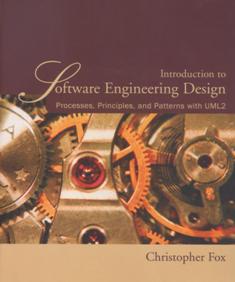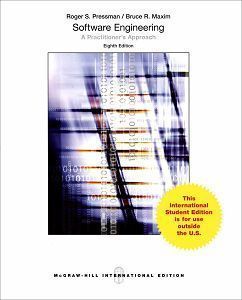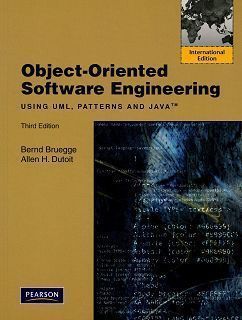書籍分類

Object-Oriented Software Engineering: An Agile Unified Methodology
作者:David C. Kung
原價:NT$ 1,150
ISBN:9781259080791
版次:1
年份:2014
出版商:McGraw-Hill
頁數/規格:700頁/平裝單色
版次:1
年份:2014
出版商:McGraw-Hill
頁數/規格:700頁/平裝單色
內容介紹 本書特色 目錄 作者介紹
- Description
Object-Oriented Software Engineering: An Agile Unified Methodology is written for undergraduate and graduate students learning software engineering. The text presents a step-by-step methodology that integrates modeling and design, UML, patterns, test driven development, quality assurance, configuration management, and agile principles throughout the life cycle. It offers thorough coverage of all of the topics typically included in an introductory software engineering course, and makes a point of balancing the introduction of software engineering ideas with the technical details of object-orientation that are necessary for student understanding.
The overall approach of the book is casual and easy to follow, with many practical examples that show the theory at work. The author uses his experiences as well as real-world stories to help the reader understand software design principles, patterns, and other software engineering concepts. The book also provides stimulating exercises that go far beyond the type of question that can be answered by simply copying portions of the text. To supplement the book, the author has prepared a host of ancillary materials. These include sample course syllabi, PowerPoint lecture slides, test generation software, test question databases, and exercise solutions.





